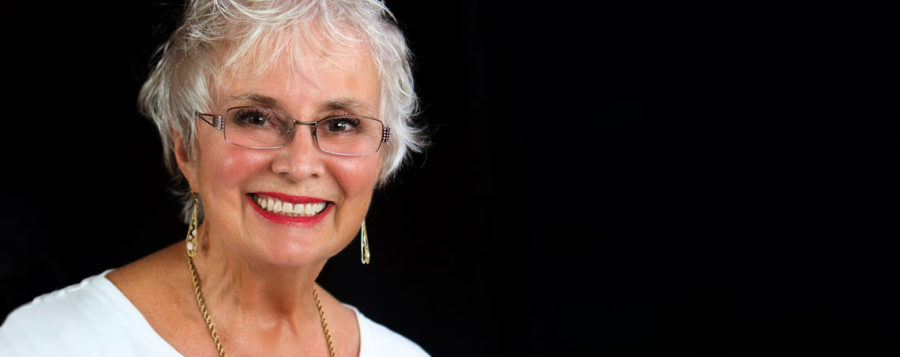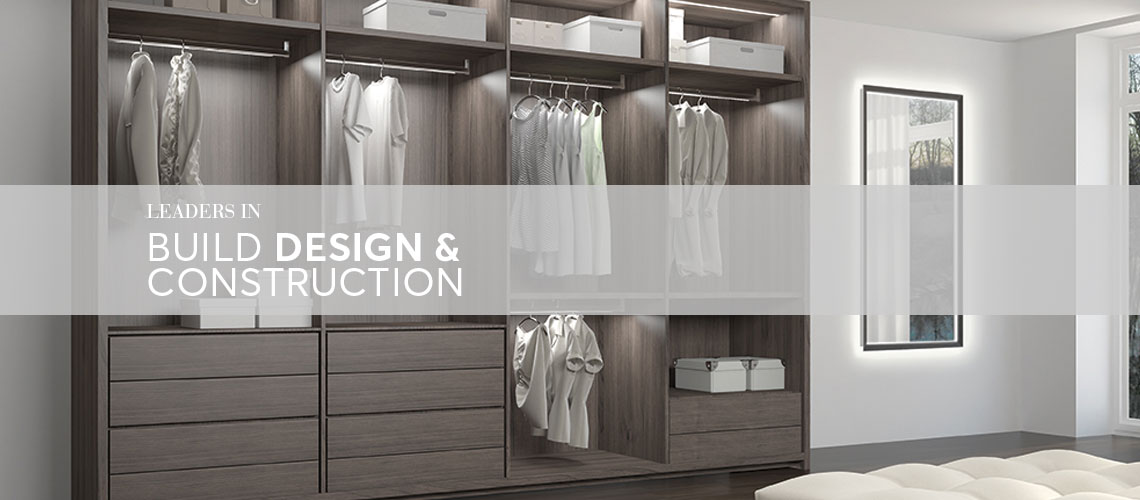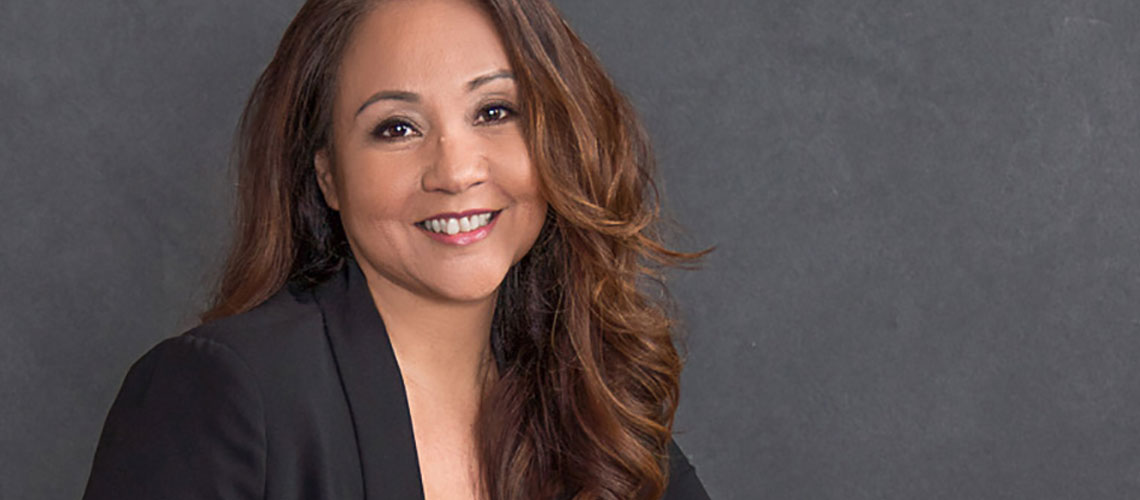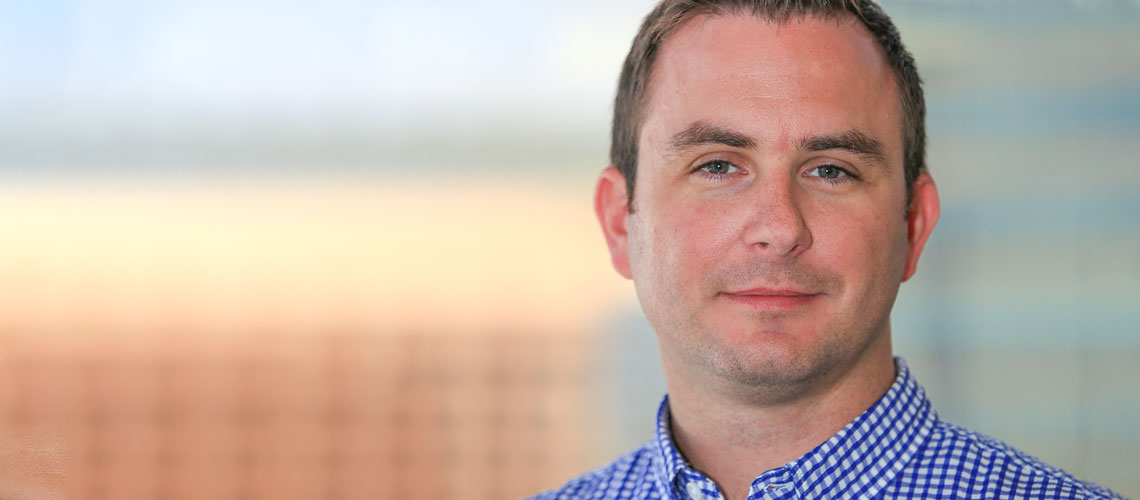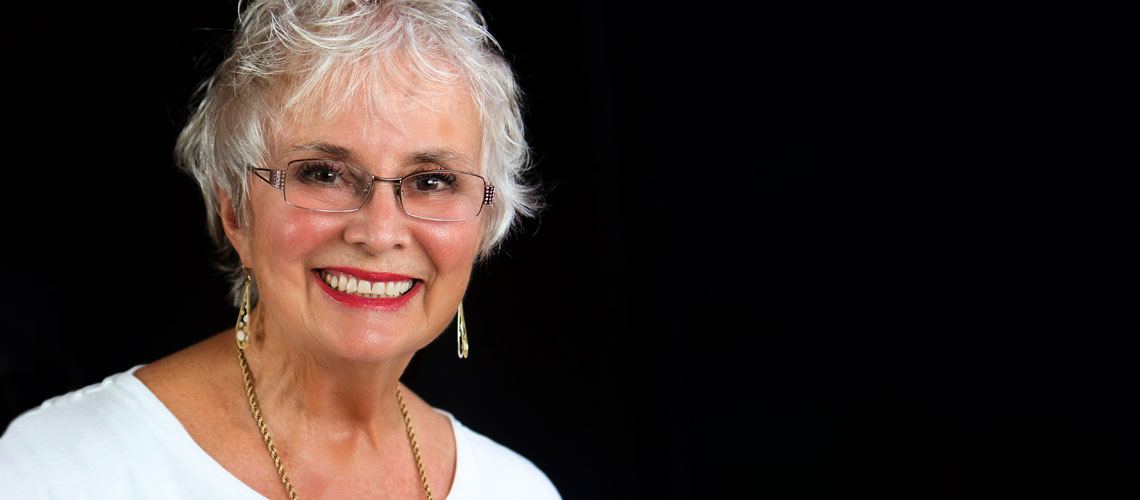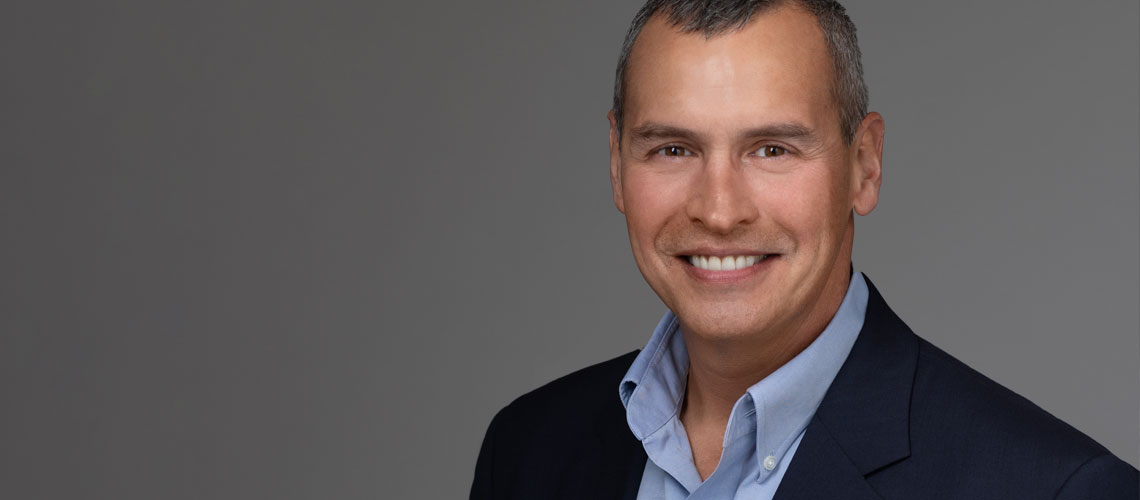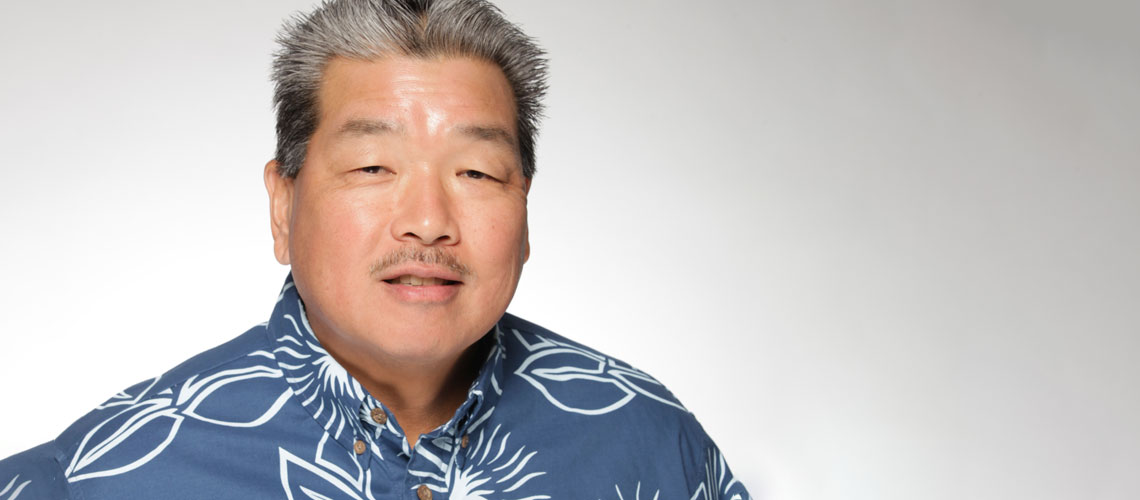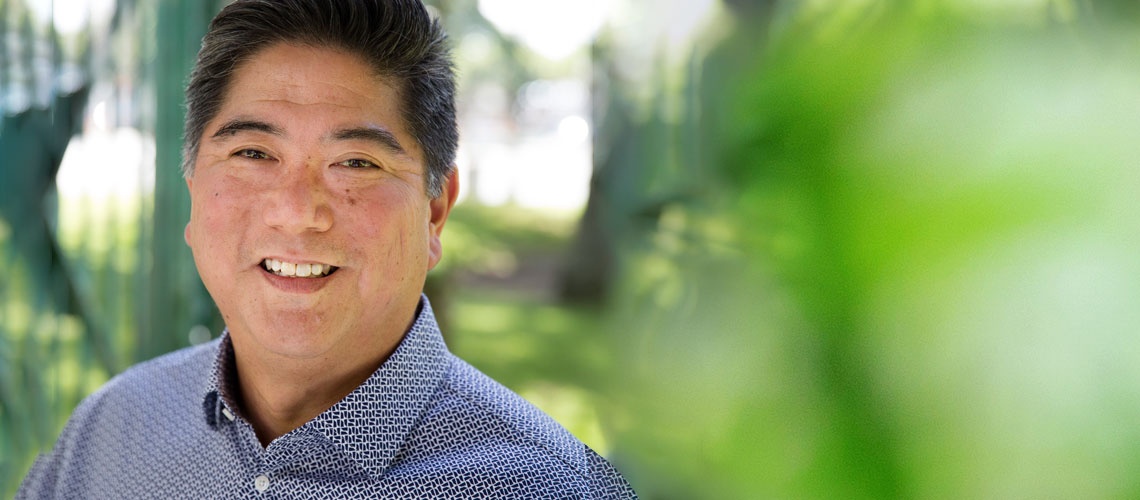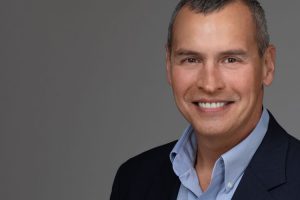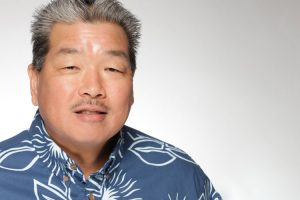Founder & CEO
Details International
How long have you been in the design business?
My mother was an artist, my father was a builder. He didn’t have a son, just my sister and I, so I started building houses when I was 12 and doing remodels and design when I was 15. I’m 75 now, so I’ve done this my whole life.
What brought you to Hawai‘i?
My sister was building a home in Hawai‘i, so I asked to see the architectural plans for the house. It was an outstanding design, but I was able to offer a fuller understanding of my sister’s lifestyle and family life, including a multigenerational focus and love of entertaining. So I came out and lived with her for two years to help with construction, and the architect ended up hiring me as an in-house designer.
Before that, I had a construction company and a design company in Colorado. Prices in Hawai‘i were so high that friends and family out here would order from me. Mainland prices, even with shipping, were less expensive than buying locally. I thought that was a crime, so after I was done with my sister’s house, I decided to open a showroom where I could offer quality products at a lower price.
That was 30 years ago. We’re the only original tenant [in Na Lama Kukui, formerly the Gentry Pacific Design Center].
What other practices did you bring here from your construction and design businesses on the mainland?
Energy-efficient design. I was doing passive solar design in the ’70s and early ’80s before people even knew the word for it. My house in Colorado was at the top of a mountain. It had no protection from the elements, but we designed it in such a way that it heated and cooled itself. In the five years we lived there, we never turned on our heat—we never had to.
I brought that, in reverse, to Hawai‘i. When you have a pitch in a roof, you should have vents. Heat rises—let it out the top. It’s a no brainer, but many people still aren’t designing this way.
What is the Details International calling card?
We specialize in holistic design—synergy of all the senses. The colors in a room change people’s spirit and energy. You can heal them or you can make them psycho.
What’s something more homeowners should consider when designing their home?
I believe in universal design. If you own your house, you should design it for anything life throws your way. You might want children someday, your friends may bring kids over, your parents might have to live with you due to health reasons. Why not design for it all?
Also, cost. People see our showroom and think they could never afford any of it, but if people are smart, they’ll spend a little more and do it with quality one time. A lot of people opt to do things as cheap as possible, thinking they can always redo it later. In reality, that’s a very, very expensive approach.
You’re tearing things out again, buying new materials, labor’s more expensive, materials are more expensive. It’s a really big mistake that a lot of people make. In Europe, there are homes that are over 600 years old. They still have their original flooring because they were done well the first time.
What’s the most significant trend you’ve observed in recent years?
I go to Europe every year to see the latest and greatest on the market, and there’s a metamorphosis going on—a lot of the things we’ve been doing for 20 years have come full circle.
I’m seeing floor designs, for example, that I put in my sister’s house back in 1988. She wanted her floors to be white marble, but she had three little kids and lived in a place with red dirt. So I put beautiful inlays of red and green stone so you wouldn’t notice the dirt.
Things go in and out of style, so we try to put both modern and traditional elements in a house, blending the old and the new.

